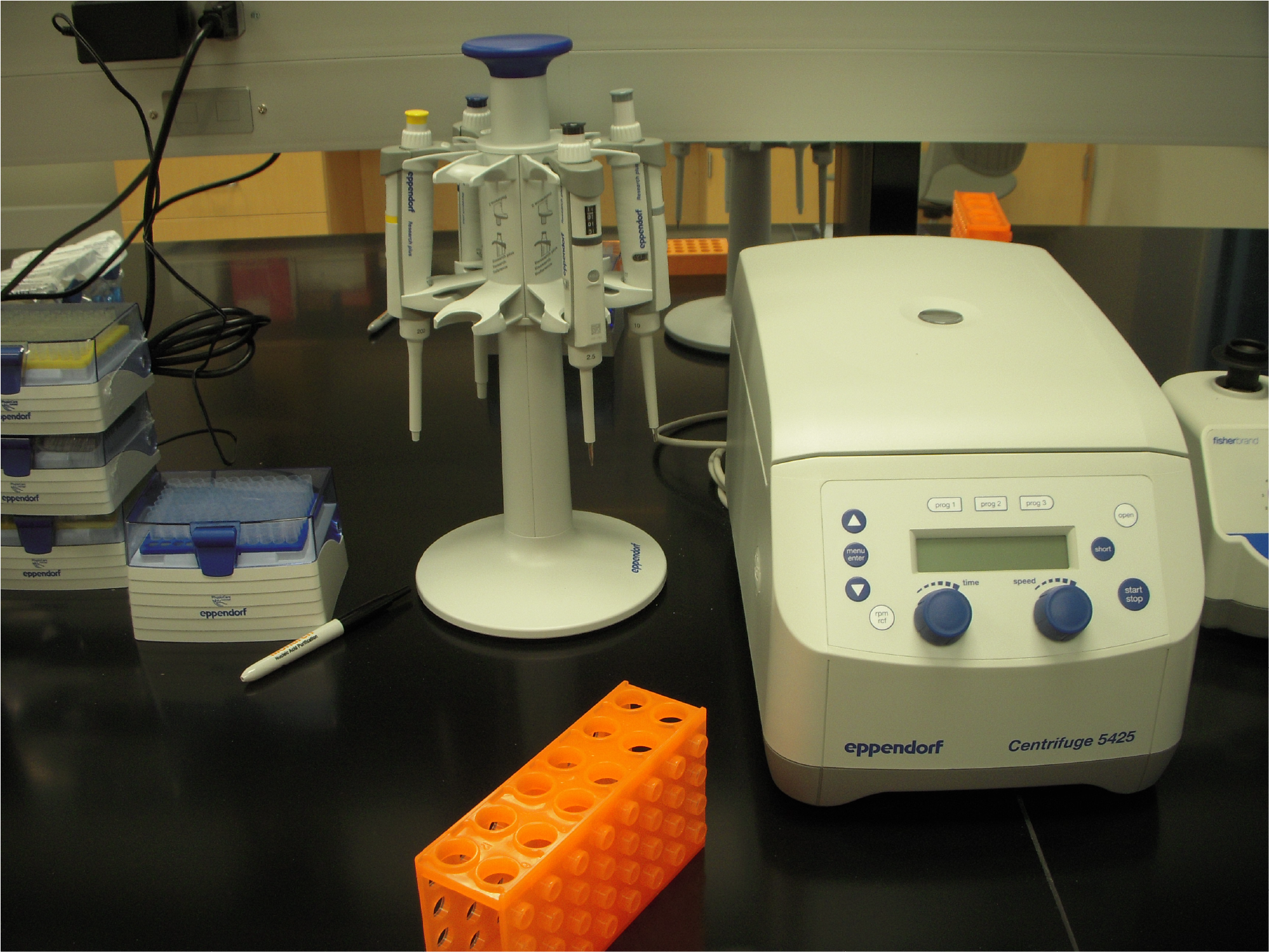Written by Luke Hatfield (research technician)
We discussed a recent publication from the Goodarzi lab describing a structural motif bound by SNRPA1 that regulates a network of transcripts important for cancer metastasis. Fish et al., showed that cancer cell metastasis and invasion can be propagated through alternative splicing in mRNA. This propagation depends on specific structural elements within RNAs (PLEC and ERFFI1) that cause aberrant splicing, are targeted by SNRPA1, and upregulated in highly metastasized breast cancer cells. They performed numerous assays to investigate existing data sets and verify experimental data. The paper was rigorous in its experimental procedures being well designed to address the specific question being posed at every point. This was specifically true in experiments like their RNA co-precipitation and transwell assay experiment: a simple and effective test to determine the invasion potential of highly metastasized cells. This experiment may seem simple, but the data it provided allowed them to move forward with their knockdown experiment in mice, where they got the crux of the disease-relevance aspect of the paper. They did show relative confidence in confirming that SNRPA1 has a non-canonical role involved in regulating alternative splicing of RNA to regulate the pathways that develop metastasis in breast and lung cancer development. The only metric by which the analysis falls short is in experimental RNA stucture research. More complex experiments with DMS-seq and other mutational profiling could go a long way in developing new theories about what isoforms are contributing to the increased activity of SNRPA1.
